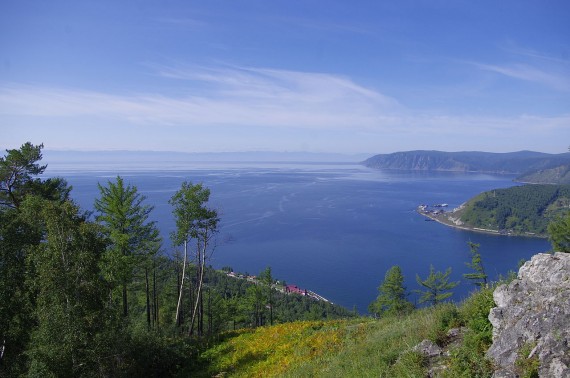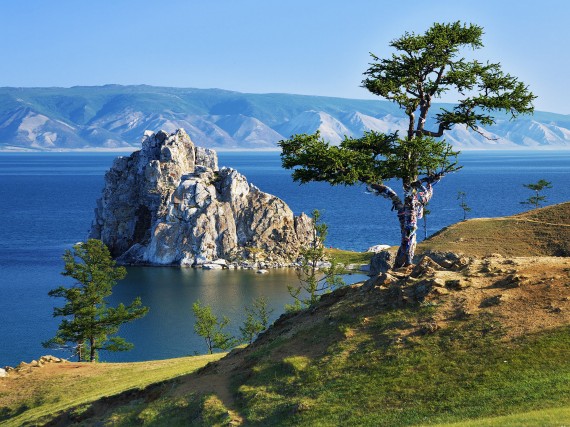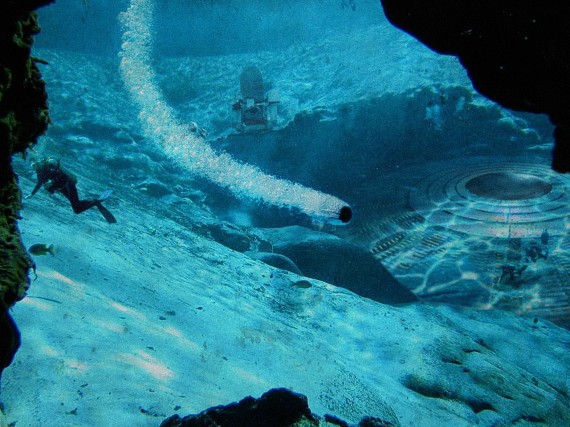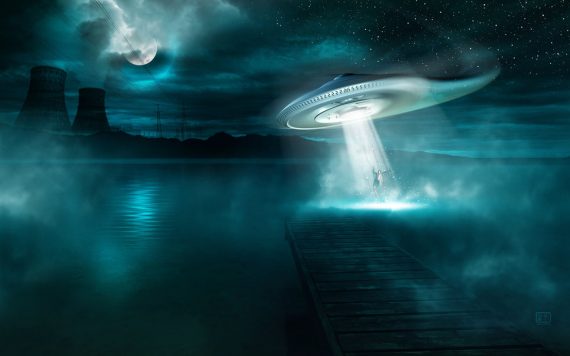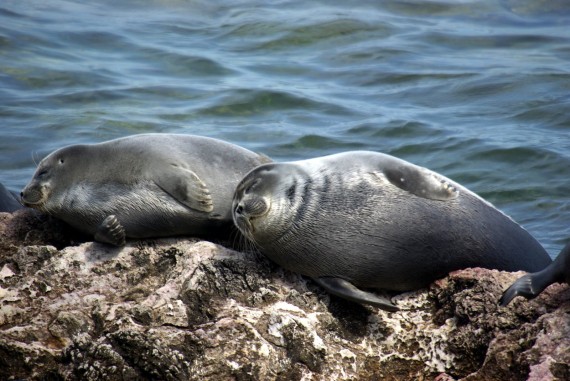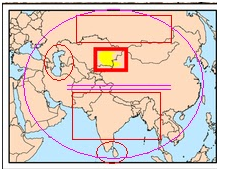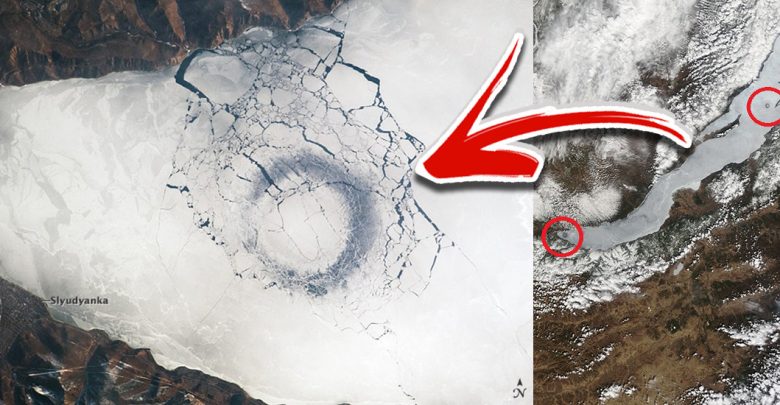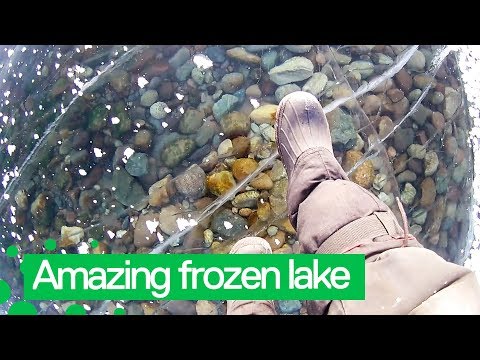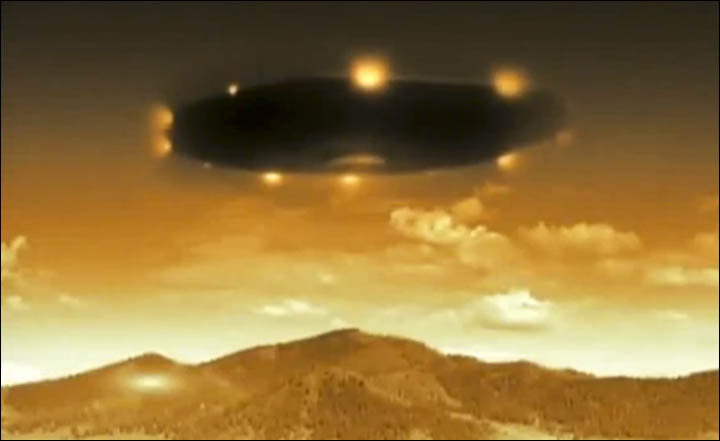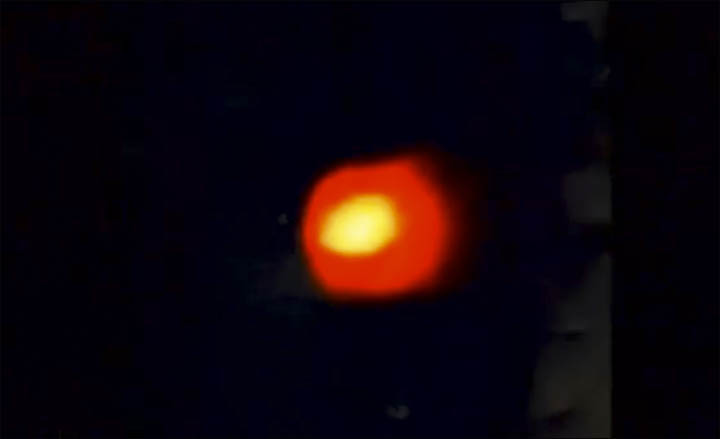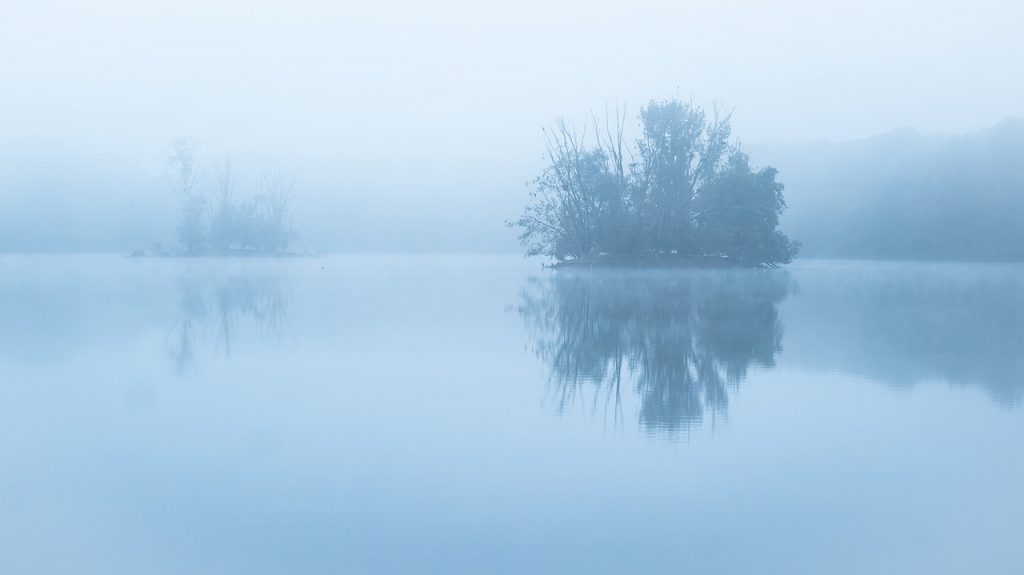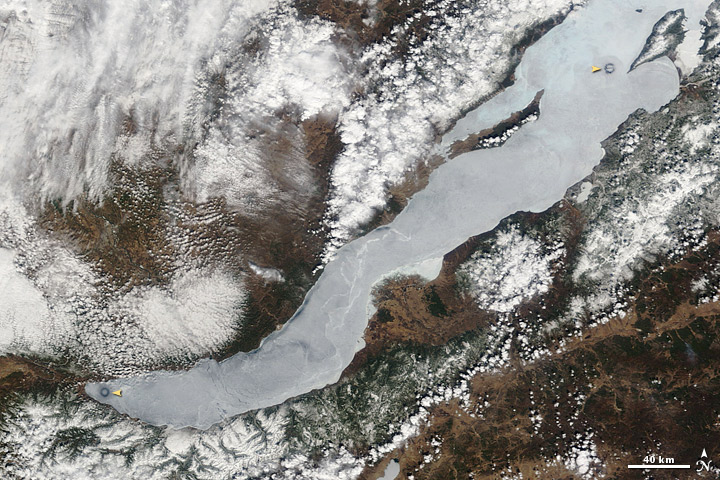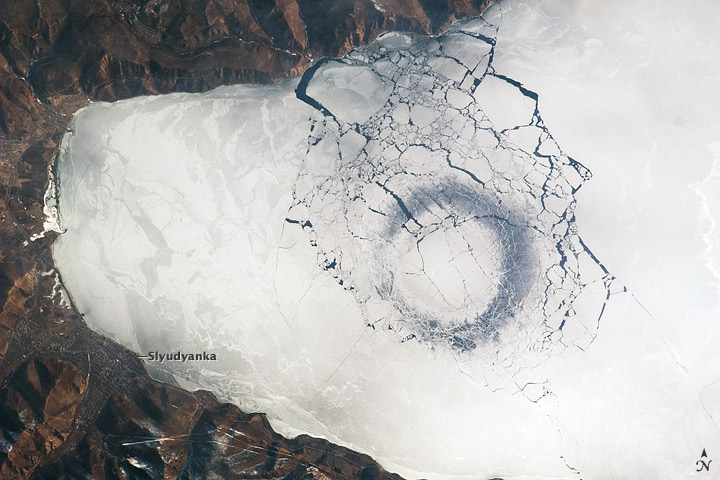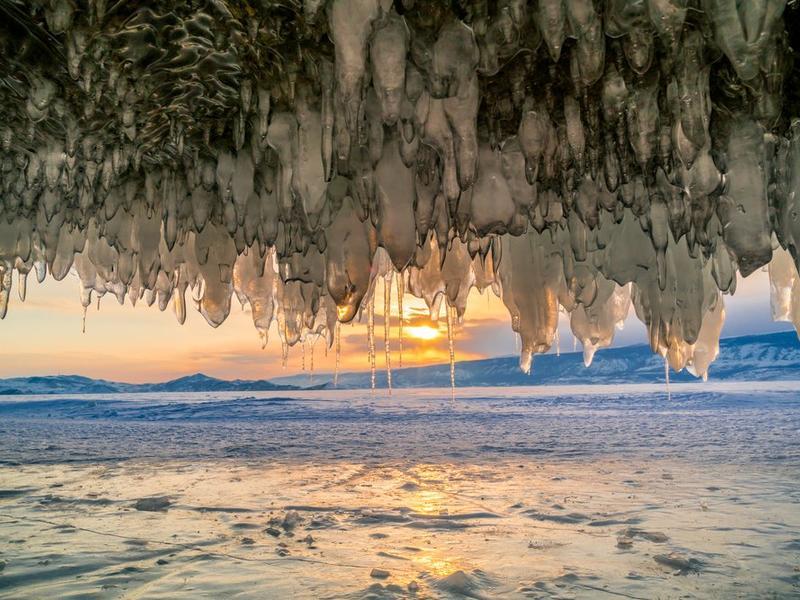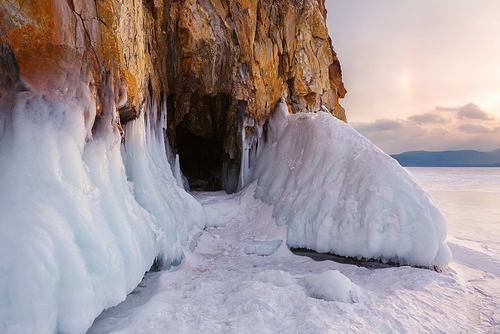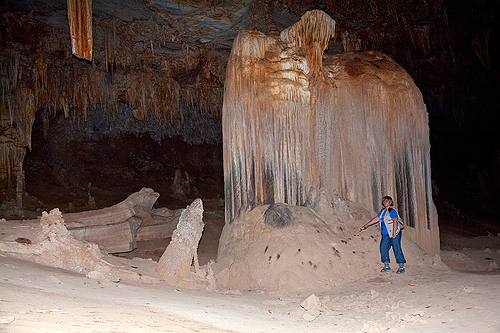List members , Lake Baikal in Siberian Russia is without doubt , the most mysterious lake in the world . It is believed by many to be a "bottomless" lake , with openings to Hollow Earth . This remote & desolate region is also known for very frequent UFO sightings , including underwater ones :-
The Deep Mysteries of the World’s Deepest Lake
In the southern part of the Russian region of remote, frigid and untamed cold known as Siberia lies a lake unlike any other on Earth. Lying nestled within the rugged Siberian wilderness is the enormous Lake Baikal, the deepest and most ancient lake on the planet, and so renowned for its beauty that it is sometimes referred to as “The Pearl of Russia.” It is a majestic place not only remarkable for its deep water, but also for its deep mysteries, for Lake Baikal has long been the epicenter for a wide variety of weird happenings and high strangeness.
Lake Baikal is a rift lake, meaning it was formed within a deep rift created by tectonic movement along fault lines, and lies in the Russian region of Siberia, between the Irkutsk Oblast to the northwest and the Buryat Republic to the southeast. At 5,387 feet (1,642 meters) deep and with a surface area of 12,248 square miles (31,722 square kilometers) it is the deepest lake in the world and the seventh largest by surface area. The lake is so large and so deep that it is estimated to hold 20% of the world’s unfrozen fresh water. At an estimated 25 million years old, Lake Baikal is also considered to be the oldest existing lake in the world as well. The lake is known for not only its size, but also its remarkably crystal clear water and biodiversity. Lake Baikal is home to a large variety of species found nowhere else on earth and this rich ecology and biodiversity has earned it the nickname “The Galapagos of Russia,” and helped it to be designated as a UNESCO World Heritage Site in 1996.
Lake Baikal
Considering its remote and wild locale, its enormity, and how ancient it is, it is perhaps no surprise that Lake Baikal has a long history of bizarre events, strange occurrences, legends, myths, and folklore. Some of the earliest stories stretch far back into history to its very creation, with local legend saying that the lake was formed by the impact of a gigantic rock falling from the sky. From there, the lake’s weird history began. Ghengis Khan was said to have been born on the lake’s Olkhon Island, which is the third largest island lake in the world, and there is a legend that Jesus Christ once visited here. Jesus allegedly proclaimed the land north of the lake to be blessed and the land south of it to be of no worth, which is why to this day local folklore says that corn will not grow in these cursed lands south of the lake.
There is a myriad of mysteries to be found at Lake Baikal. One of these is the alleged presence of a mysterious lake monster long feared by locals. The native Buryat people of the region call the creature Lusud-Khan or Usan-Lobson Khan , which translate to “Water Dragon Master,” and it is said to resemble some kind of giant sturgeon, with a prominent snout and armored plating along the back. In modern times, there are occasional reports from fishermen of the elusive creatures breaking the surface or of seeing huge black shapes soaring through the crystal clear water below, but accounts of strange beasts in the lake go back hundreds of years. Early Chinese explorers of the lake, which they called the North Sea, also reported seeing these beasts, which they referred to as “gods of the lake” and “dragon fishes.”
The alleged monsters of Lake Baikal are also represented in ancient petroglyphs found along the Baikal cliffs. There is aditionally a large stone stele , a carved stone slab erected as a monument, located on the bank of the Yenisei river near the village Askiz which is estimated to date to between the 3rd and 9th century BC and depicts some sort of mysterious water monster. The image carved into the stone shows a large, lizard-like creature with a forked tongue, wicked claws, and plate-like armor along its back. The bizarre creature is depicted standing upright submerged in water, indicated by the image of a fish hovering nearby. It is unclear what connection this mysterious carving has, if any, to the giant fish-like monsters said to lurk in the lake. The lake is home to many unique species of fish and other animals, including the rare freshwater seal known as the Baikal seal ( Pusa sibirica ), but there is no known species of creature known to be present here that matches the size of what is reported for the Lake Baikal monster.
Lake Baikal
Large mysterious lake monsters are not the only things said to haunt Lake Baikal. The area has long been known for its UFO related weirdness as well. There have long been numerous reports of strange lights and alleged alien spacecraft over the lake, but perhaps the most interesting stories come from declassified Soviet era documents compiled on unexplainable incidents by the Russian navy under the command of deputy Navy commander Admiral Nikolay Smirnov. Although the documents are not completely focused on UFOS or even Lake Baikal in particular, the two make regular appearances and the documents mention numerous UFO related incidents and sightings around Lake Baikal nevertheless.
One such account describes how in 1958, a Russian TU-154 plane crashed into the lake’s frigid waters after allegedly being pursued by a UFO. Other reports come from various fishermen, who have seen strange lights hovering over the lake, cruising underwater or even spectacularly erupting from below the waves to shoot into the sky above. People have also reported UFOs rapidly descending from the heavens only to gently alight upon the surface of the lake and float like a boat. One of the most bizarre accounts related to aliens and UFOs at Lake Baikal allegedly happened in 1982, when navy divers in the lake reported encountering humanoid creatures that were dressed in silvery suits about 164 feet (50 meters) underwater. The report claims that three of the divers were killed when they tried to pursue the creatures and four divers were seriously injured. The Russian government denies that any of the accounts in their documents stem from otherworldly sources and maintains that everything described must have some natural explanation.
The reports of lights and humanoid creatures in Lake Baikal’s depths have, perhaps not surprisingly, led to theories that aliens could have underwater bases here, and there are other bizarre reports of strangeness in the lake that seem to somewhat support this far out notion. In 1977, a deep water submersible called Paysis was involved in scientific research operating at a depth of 1,200 meters in the dark, frigid water. At one point, the vehicle’s spotlight turned off and it was in complete darkness until a sudden bright beam shone upon it from an outside source. The blinding light reportedly remained fixed on the submersible for several seconds before flickering out and once more leaving the sub in cold blackness. It has never been satisfactorily explained what the source of the light was.
There is also an unexplained and powerful magnetic anomaly occurring within a deep part of the lake’s rift, where the tectonic plates pull apart. The anomaly has not been explained and has reportedly suddenly and inexplicably grown in size twice in the past 50 years. Other weird phenomena coming from the depths are reported sudden surges or eruptions of water inexplicably shooting upwards and strange, inexplicable mass fish die offs. These are usually explained as being caused by trapped gasses belching up from the bottom, but the source remains unknown.
Another phenomenon on Lake Baikal that may or may not have anything to do with sea monsters, UFOs, or aliens is the reports of various vessels mysteriously vanishing in its waters. The lake holds many anomalous zones that are particularly known for the disappearance of ships, such as an area on the western shore known as Cape Ryty, an area with so many reported vanishings that the locals consider it to be cursed and to bring sure death upon who ever goes there. The island of Great Ushkan’i, near Cape Sun, as well as the huge island of Olkhon are other cursed zones known for swallowing vessels. Olkhon is known for a place called “The Devil’s Crater,” from where one of the most recent and well known disappearances of a vessel comes.
On June 16, 2011, the pleasure boat Yamaha departed from a village in the Kabansk area of Buryatia with an experienced crew of four to test out a new motor and never returned. It was reported that the crew were all seasoned sailors, yet contact with the vessel was lost shortly after their departure when a sudden fog rolled in. When the fog burned off, the Yamaha was gone. Although the boat was well in range of cellular service, none of the cell phones of the crew could be reached, as if they were completely out of the network. In addition, other than the fog bank, conditions on the lake were said to be placid and perfectly safe for boating at the time, so what happened to the Yamaha and its crew? Nobody knows.
Several extensive search and rescue operations were launched to try and locate the Yamaha , but they turned up no wreckage and not one clue as to the vessel’s fate. It was as if the Yamaha was swallowed by the lake itself. Locals think they know the answer, as it is believed that the area in question occasionally produces horrific sudden whirlpools that appear like a crater upon the surface, hence the name “Devil’s Crater,” and suck in anything unfortunate to be nearby. Local legend says that these mysterious chasms in the water are gateways to hell, through which the souls of sinners pass. Perhaps these whirlpools hold the key to the many missing ships on the lake, but they would not explain the other, more bizarre accounts of ships disappearing for long periods of time only to reappear with crews that claim they have been only gone for a few hours.
Perhaps just as bizarre as the disappearance of vessels is the sudden and inexplicable appearance of various objects upon Lake Baikal. Locals have claimed to see ships and even things that have no business being on the water such as trains and castles suddenly materializing on the lake and often blinking out of existence just as quickly. Scientists believe that this may be the result of potent mirages formed by the unique properties of Lake Baikal. In the summer, warm air flows over the frigid water and in the winter there are extreme cold and clear conditions, all of which combine to create layers of air with differing densities that refract, distort, and reflect upon the lake’s calm, transparent surface to create highly vivid and realistic mirages. It is thought that such mirages could be at least partly to blame for missing ships such as the Yamaha , as they could lead them astray or cause them to crash into the rocky shoreline. There are even reports that such mirages are sometimes accompanied by anomalous magnetic disturbances, which could theoretically confound a ship’s navigational equipment. Are these mirages merely the result of conspiring natural forces or do they represent some other, more supernatural occurrence? As with many of the lake’s other mysteries, no one really knows.
Lake Baikal has its share of natural mysteries as well as all of the spooky, bizarre stuff. It has an incredibly high amount of biodiversity for such a cold lake that is frozen for most of the year, and most of its species are endemic. The freshwater Baikal seal has long confounded biologists as no one can really figure out how it got here. The Baikal seal is most closely related to the Arctic seal or ringed seal, ( Pusa hispida ), and yet Lake Baikal is completely isolated and located hundreds of kilometers from the nearest sea. There are many theories on how this happened, with perhaps the most prevailing idea being that they arrived through a sea passage that once linked the lake to the Arctic Ocean and the seals subsequently adapted to a freshwater environment. The lake currently harbors an estimated 80,000 to 100,000 of the enigmatic freshwater seals and they are not considered to be threatened.
Lake Baikal seals
Lake Baikal has also shown itself to be rich in resources not typical for a freshwater lake. From 2008 to 2010, two Russian submersibles known as the Mir made a remarkable discovery 1637 meters under the surface. Researchers operating the Mirs found a special type of ice high in concentrations of natural gas, called “gas hydrates,” which are in fact found elsewhere, particularly on the deep ocean floor, but never in freshwater environments. This unusual finding could mean that the ice-laden lake potentially holds vast reserves of an important, untapped fuel source although extraction methods for gas hydrates have not been perfected as of yet. It is still not totally understood why gas hydrates should be found in this freshwater lake and not in others. The two Mir submersibles also collected data on a good number of previously unknown species lurking in the dark, icy depths of the lake.
Another baffling natural phenomenon on the lake occurred in 2009, when strange, huge circles with diameters of up to 2.7 miles (4.4 km) started to appear in the lake’s ice during particularly cold months. The bizarre circular ice formations were first spotted by astronauts aboard the International Space Station and their discovery immediately ignited speculation as to their cause. Of course there was the inevitable theory that the circles were the result of alien activity, but in the end scientists came to a more rational, yet possibly more worrying explanation. It is currently believed that the ice circles are the result of methane gasses gurgling up from the bottom and resulting in swirling warm water currents that then formed the circular formations on the lake ice. The reason this is worrying is that it could indicate that Lake Baikal’s spring ice has been diminishing more rapidly in recent years. When coupled with global warming, this could have disastrous consequences for the lake’s ecosystem and biodiversity, which rely heavily on the lake’s cycles of ice.
Mysterious ice circles on Lake Baikal
Lake Baikal is truly one of the world’s most beautiful, remote, and amazing lakes. Full of mysteries both natural and perhaps supernatural, it is a vast, deep, yawning chasm of majestic beauty. What are the answers to the enigmas that are here lurking within the crystal clear depths and just beyond our understanding? Is this a place flung far from the familiar world of our current knowledge? Is this a place that sits on some mysterious divide between the realms of what we know, what we think we know, and what we will never know? How deep does the rabbit hole go here at the world’s deepest lake deep in the wilderness of Siberia? Ancient, awe inspiring, mysterious, beautiful, all of these words fit Russia’s Lake Baikal perfectly. Full of deep waters and deep mysteries, Lake Baikal is certainly like no other place on Earth.
Regards
